If you thought 'gross' and 'disgusting' were adjectives that could only describe medical conditions, think again. Over the years, we in the medical field have developed our fair share of revolting medical therapies. After the great success of The Top Ten Most Disgusting Medical Conditions, I decided I needed to also divulge my Top Ten Most Disgusting Medical Therapies. The idea for this article was born while working with a gastroenterologist in the hospital. We were discussing a patient with clostridium difiicile (nicknamed C-diff), a terrible infection of the colon. The medical field has developed some great therapies for C-diff including antibiotics and, when necessary, surgery. Unfortunately, the infection is notoriously difficult to treat and sometimes the medicines do not help. As we were sitting in the hospital discussing a patient the gastroenterologist asked me a shocking question.
"So, do you think it is time for a fecal transplant?"
"A what !?" I said.
"A fecal transplant. You know, implanting another person's feces into this patient's colon to treat the C-diff?"
I thought I was going to throw up right there in the hospital. I was sure he was kidding, he had to be, right? But there he sat, totally serious and staring at me. He was actually shocked and disappointed that I had not thought of it myself. How had I never heard of this before? Fecal transplant! Gross.
Well, as it turns out, fecal transplant is a very well researched and well known therapy for C-diff infections. The theory behind its use is also very sound and well documented. As I progressed further in my training I began to mention it as a possible therapy for late stage C-diff infections without even thinking about how gross it actually is. And that folks, is how really really gross things become so accepted in medicine: desensitization.
And now, the Top Ten Most Disgusting Medical Therapies
Note: All of the procedures are STILL IN USE!
10. BLOODLETTING
The art of bleeding the body for medicinal purposes is one of the oldest techniques in the world. The practice began more than 2,000 years ago independently in many parts of Asia, Africa, and Europe. It was initially thought of as a way to balance the humors in the body. Humorism is the idea that the body is made up of four distinct body fluids, blood being one of the four. Illness, then, was the misalignment of these fluids into abnormal proportions. Therefore, relieving the body of too much blood was one way of realigning the humors and ridding the body of illness. The practice of bloodletting was widely practiced around the world until one hundred years ago when more sophisticated science began to trump humorism. However, bloodletting has not disappeared. Doctors still use the practice in a few specific circumstances, but to distance the current therapy from humorism bloodletting, we have changed the name. We know refer to bleeding the body for medical reasons as "Therapeutic Phlebotomy". There are a few blood disorders that result in too many red blood cells. These illnesses (hemochromocytosis, and polycemia vera as examples) lead to such an over-abundance of red blood cells that the body can start to shut down. The best therapy we have for these disease, naturally, is to bleed the patient until they have a normal amount of blood. Perhaps modern medicine is not too different from Humorism!
9. LEECH THERAPY
From The American Journal of Otolaryngology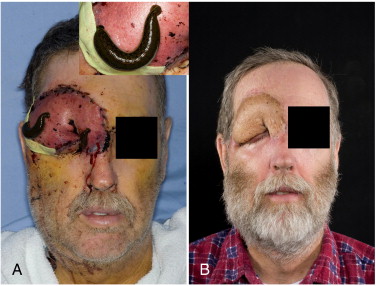
Not only is leech therapy still in use, it is in vogue and becoming quite popular. Like blood letting, the art of leech therapy has evolved significantly and is quite different from its roots thousands of years ago. However, at the core the principles are the same: leeches suck blood. Historically, leeches were used for all sorts of things that have little scientific evidence and are no longer acceptable including treating skin diseases, back pain, and migraine headaches. They were a very important tool in the art of bloodletting, discussed above, for obvious reasons. In fact, in the 1800's the use of medicinal leeches became so popular that the species Hirudo medicinalis (the most commonly used medicinal leech) was nearly wiped out. We have recently discovered that the persistent blood sucking of leeches is still medically useful. The field of microsurgery is rapidly evolving and progressing. Today, we can take pieces of skin and tissue from one place on the body and sew the blood vessels into other places on the body. However, in order for the new reconstructions to survive they need adequate blood flow. Sometimes the blood begins to flow to the new skin on its own. For those instances where we need to help the blood flow to the new skin, we attach on leeches to suck the blood through. Beautiful.
8. TREPANATION
Trepanation is simple the practice of drilling a hole into the brain. Incredibly, this is the oldest surgical procedure for which we have archeological evidence. Scientists have found hundreds of skeletons from 6,000 BC with trepanation holes in the the skull. For thousands of years drilling a hole into another individual's head was the best available therapy for anything related to the brain: seizures, migraines, psychiatric illness, confusion, etc. etc. The most incredible part of the trepanation story is that it was widespread all over the world, from Ice Age wanderers, to the Incas in America, to the ancient Chinese: we have found trepanation skulls for all these groups. Don't forget, anesthesia was invented about 150 years ago! Thankfully, drilling random holes in skulls is mostly a thing of the past. However, "trepanation" is still used to relieve pressure inside the skull during emergencies, although now we call it a "craniotomy". This is the procedure of choice if someone is bleeding inside their skull (usually the result of a traumatic accident). If the blood is not released it can cause permanent brain damage, so a hole is drilled to relieve the pressure inside the skull. It may also surprise you that the art of skull-hole drilling for random medical illnesses still occurs today (dubbed: voluntary trepanation)
7. Tooth-in-Eye Surgery
Actually, this is a very new therapy, performed in the US for the first time just a couple of years ago. The procedure, also known as Osteo-odonto-keratoprosthesis, is a last resort surgery for individuals with diseased corneas. When a cornea becomes damaged and cloudy, the eye can no longer see through it and people go blind. There are other surgeries to treat cornea disease, but when these do not work and the eye becomes scarred, the Tooth-in-Eye surgery is a great new tool. Procedure: The scarred area of an eye and eyelid are removed and are replaced with the lining of your mouth (yes, your cheek mucosa are implanted into your eye). A tooth is then removed. A hole is drilled into the tooth and a small lens is placed inside. The tooth and eyepiece are then implanted into the patient's cheek for a period of time so that they can develop a blood supply. Once the tooth and lens have a blood supply they are removed from the cheek. A hole is made in the cheek mucosa which is now covering the eye and the bone and lens are placed inside. In the end, the patients eye is made up of inner cheek skin. This mucosal layer has a hole in the from where the pupil used to be and the bone/lens allow light to be reflected to the back of the eye, allowing the patient to see again. Awesome.
6. ABSCESS INCISION AND DRAINAGE
One of the most rewarding experiences during medical training is learning how to do an I&D (Incision and Drainage). It is nothing more than surgical zit popping. Abscesses form when an infection walls itself off from the rest of the body. When this happens, copious amounts of dead tissue, pus, and blood build up in this cavity and have nowhere to go. The result is a red and painful pus ball under the skin. The therapy is simple, open up the cavity and let the pus drain out. The procedure is painful to the patient for a few moments but provides immediate relief afterward. If you are wondering what could be gross about this…you have never seen one. The puss smells awful. Abscesses form in the nether-regions of the body (arm pit, groin, anus, gums, etc). And, often the abscess are enormous, high pressure pockets that explode as soon as a blade pierces them. Check out the video if you are interested….but beware, it is truly gross.
5. MAGGOT THERAPY
Image from medicalcodingschools.net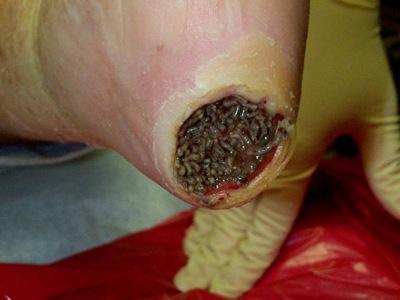
In the article "The Top Ten Most Disgusting Medical Diagnoses" I mentioned Myiasis (maggot infestation) as the absolute most disgusting diagnosis. The overwhelmingly revolting thing about myiasis is that the infestation is unknown until you move some tissue around only to see hundreds of maggots eating a patient's flesh. Maggot therapy is a little different, but works by the same principle: maggots feed on dead skin. So, if a patient has a chronic wound that is not healing there is bound to be dead skin in the wound. Dead skin quickly leads to infection if not cut out, or "debrided". These patients are in need of constant debridement in order to keep their wounds from becoming infected. Behold, the grand entrance of the medical maggot! When used medically, maggots are always sterile and home grown. We only use specific species and keep a close eye on the wound from start to finish. But it still grosses me out.
4. LOBOTOMY
OK, I lied. Lobotomy is the only therapy on this list which is no longer in use. However, it did not fall out of favor entirely until 30 years ago and its inventor, Dr. Egas Moniz, won the Nobel prize for developing the surgery just 60 years ago (1949). Lobotomy was a simple procedure used to cure patients of psychiatric disease. The surgeon would take a long, thin nail (called an orbitoclast) and placed it next to the eye in the eye socket. The surgeon would then take a mallet and pound on the nail until it broke the skull (think of an ice pick and a sledge hammer). The impact would break the eye socket and ram the nail into the front portion of the patient's brain. This process was repeated several times to "interrupt the connections between the front of the brain and the main processing centers of the brain." The procedure was actually highly successful, nearly every patient was cured of their psychosis. Unfortunately for the patient's, nearly all of them were also left in vegetative state. Nevertheless, the procedure was popular for many years until anti-psychotic medications were discovered. So, the next time you hear Tom Cruise tell everyone that anti-psychotic meds are evil, ask him if he would rather have a lobotomy.
3. HELMINTHIC THERAPY (a.k.a. "Hook Worm Therapy")
Up until 20 years ago, when someone traveled to another country and came back with 'worms' it was a terrible thing. That may not be the case any longer. Recently, researchers have found that parasitic worms have great medicinal qualities. Specifically, they are the world's best treatment for allergies and can successfully treat many autoimmune disorders including Crohn's Disease, ulcerative colitis, and inflammatory bowel disease. Undergoing helminthic therapy is as easy as taking a pill; you simply drink a glass full of live, parasitic worms. Once they have colonized in your body, they begin to work against the autoimmune diseases. The success rates in recent studies is actually very impressive. While there are a number of theoretical explanations for why the therapy works, the best evidence of their effectiveness is the the fact that in countries where most humans are colonized with parasitic worms, there is virtually no autoimmune disease.
2. ELECTRO-CONVULSIVE THERAPY (aka ECT or "Shock Therapy")
When I started medical school I was shocked to learn that "Shock Therapy" was still in widespread use around the entire world. ECT is used for a wide variety of psychiatric conditions including schizophrenia, depression, and severe bipolar disorders. To complete the procedure, electrodes are placed on the scalp, the patient is sedated, and the a series of high voltage shocks are applied to the brain. Essentially, we induce a seizure in a willing person. It is not like the old movies where the shock sends the patient's body into a convulsion, these days most patient's are temporarily paralyzed during the procedure. However, though I know that it is effective, there is still something inside of me that feels uneasy about sending large amounts of electricity through the brain of an unconscious person.
1. FECAL TRANSPLANT
As my leading story alluded, fecal transplant is the real deal. It is an effective therapy for late-stage clostridium difficile (C-diff) infections. C-diff is an infection of the large intestine that usually occurs after using antibiotics. It is a normal bacterium that lives in your gut and is usually kept in check by the other bugs that normally live there. When a person takes antibiotics, the normal bacteria in the gut are often killed but C-diff is usually note affected by ordinary antibiotics. This gives C-diff free reign to take over your whole guy all for itself. We have good medications against C-diff, but they do not always work. In theory, replacing the ordinary bacteria back into the gut should bring C-diff back into check. How can we do this? Easy. By taking the feces from a healthy patient with normal intestinal bacteria and transplanting it into the patient with C-diff. So, don't get mad the next time you walk into a doctor's office and you really want an antibiotic and the doctor says "It looks like a viral infection, I don't think you need antibiotics." In reality you should thank your doctor, he/she is only trying to save you from having another person's feces transplanted into your backside.
HONORABLE MENTION (Just outside the Top Ten)
-
MILK BATH (a.k.a. "Tapeworm Extraction")
Tapeworms are known to colonize the gastrointestinal tract of human beings. They are notoriously difficult to get rid of because they use strong teeth to latch onto the intestinal wall once they are inside the gut. The "Milk Bath" remedy is often cited as a great solution. Most clinicians and scientist will tell you that this therapy does not, or at least should not work. But that advice does not stop thousands of people around the world to continue practicing it, and openly reporting on its success. Supposedly, when you are infected with tapeworms, there is a simple way to get the out of your body–a lure. If patients submerge their backsides into a bucket of milk, or sleep with their mouths open next to a bucket of milk, the tapeworms will crawl out, preferring fresh milk to human gut. If true, the migration would be very slow and the patient would have to endure the feeling of worms crawling out of their orifices for many hours. Looking at that picture, I think I would rather stay colonized.
-
HIPPO SWEAT SUNSCREEN
Skin cancer is one of the most common cancers, and one of the most preventable. Wearing good sunscreen greatly decreases your risk of skin cancer. So, what is the best sunscreen? Recently, studies show that hippopotamus sweat might be the next big sunscreen breakthrough. The natural product does no damage to human skin, does not harm animals in its processing, and blocks nearly 100% of all UV rays. Sound perfect? That's because you haven't seen hippos sweat! This is not a clear, salty sweat like we have. Hippo sweat is referred to as a 'blood sweat' and is actually neither blood nor sweat, but a natural sunscreen. I really don't want skin cancer…but I don't know if I can put that stuff on my body.
-
INTRAVITREAL (EYE) INJECTION
This is probably the most common therapy on this entire list. Eye injections are used for everything from eye infections, to macular degeneration, to diabetic disease in the eyes. The procedure is done routinely in the offices of ophthalmologists around the world. Unfortunately, if you are diagnosed with a disease that requires medical injections into your eye, you will likely need a series of at least 3 injections. The needles used for eye injections are small, and the area is numbed up very well: most patient's report not even feeling the stick. However, something about sticking a needle in an eye just seems wrong.
-
URINE THERAPY
The data are very limited, and I have never met a physician who endorses urine therapy. However, I can't find any information debunking the theory either. Urine has been used since Roman times for medical therapy for everything from infections to psychiatric illness. Many not in the medical field suggest that it has strong anti-cancer effects and many of us have heard that if you pee on your foot, you can cure athletes foot. None of these suggestions have much medical support, as urine is mostly made of water and electrolytes. However, urine therapy is still used in modern medicine, just not human urine. Horse mares are known to pee out a large amount of estrogen. Pharmaceutical companies have realized this and now collect female horse urine, extract the estrogen, and sell it as an estrogen tablet. Yummy.
-
ICHTHYOTHERAPY (a.k.a. "Fish Therapy)
The garra rufa species (a small fish, nicknamed the "Doctor Fish") lives in rivers in Turkey and Iran. For hundreds of years humans have known of their strange affection for abnormal skin. Individuals with skin rashes, skin infections, and skin growths often come to the region to let their feet soak in the water and let the Doctor Fish pick away their diseases. Recently, garra rufa fame has become more well known and the fish have been the subject of numerous medical experiments. Indeed, research is showing that they have some ability to pick away skin disorders of the feet including dermatitis and psoriasis. Those who have felt the healing power of the garra rufa say there is no pain involved, and that the experience is more relaxing than painful.





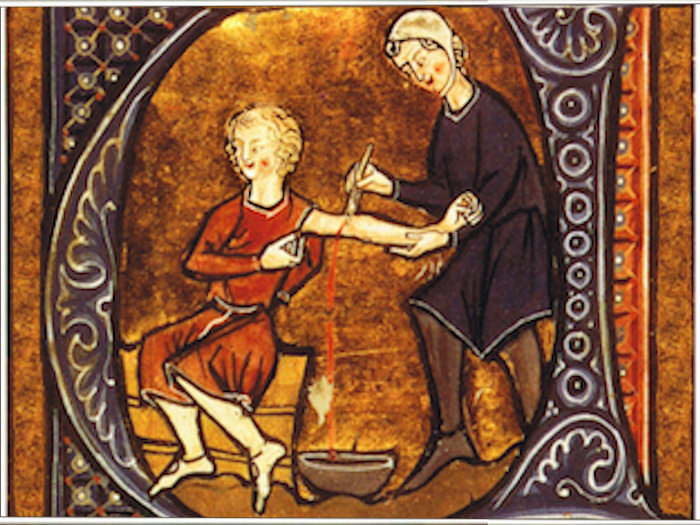
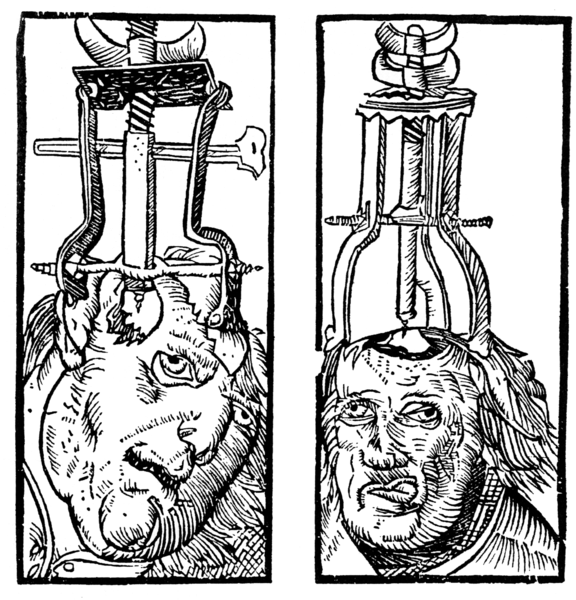

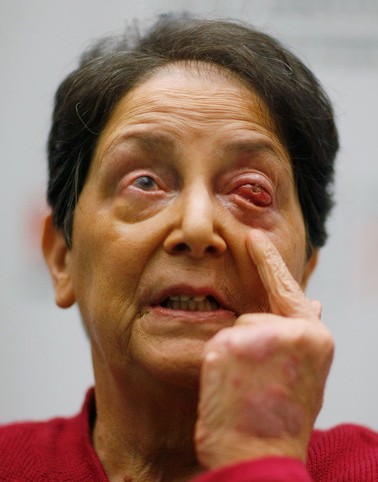
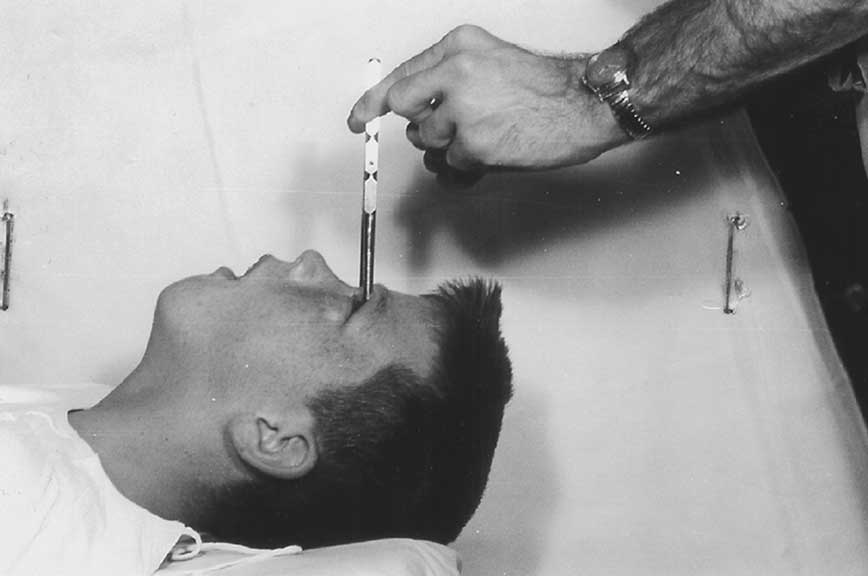
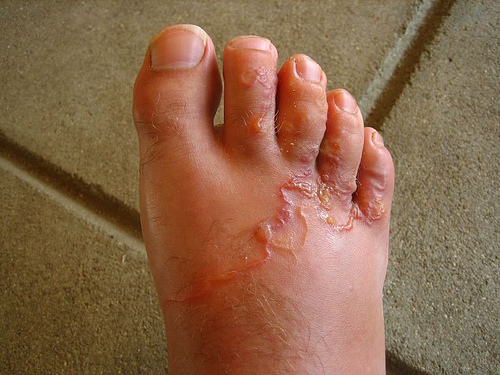
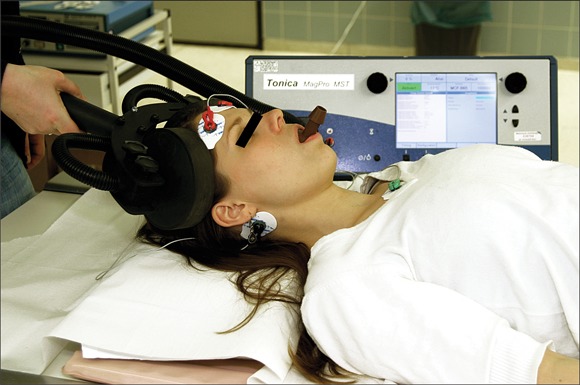


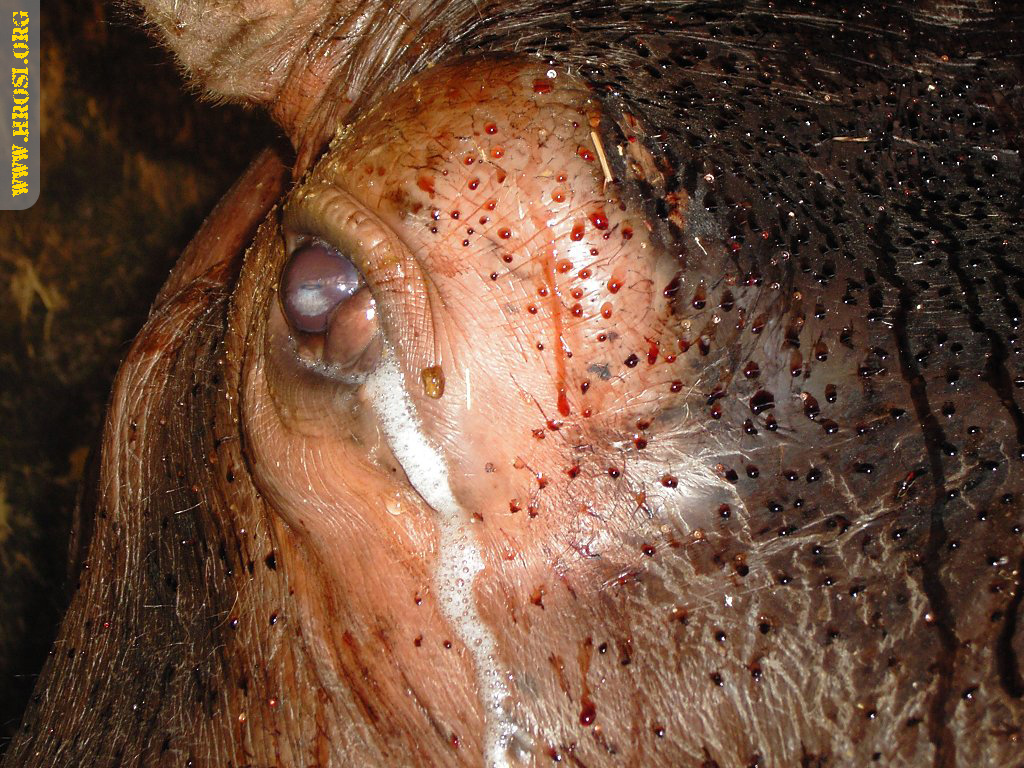
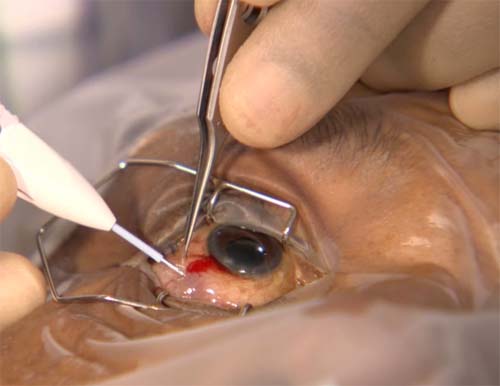

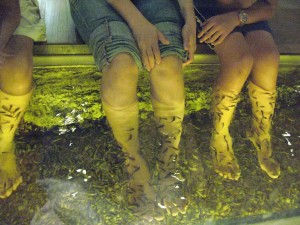
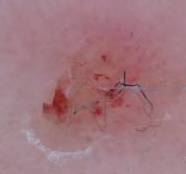

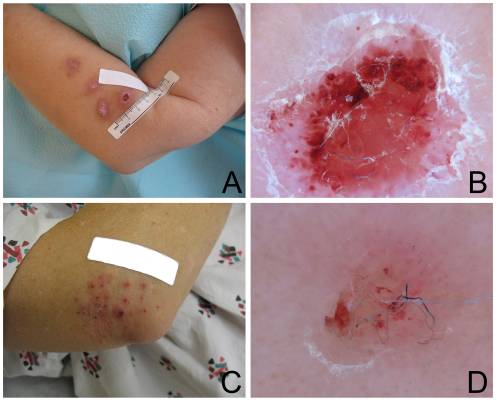


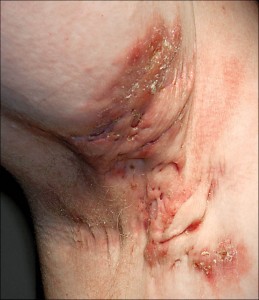
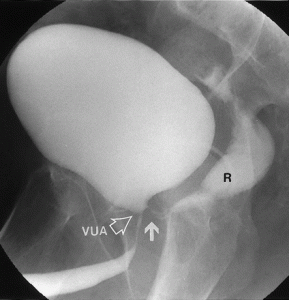


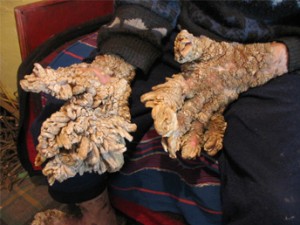

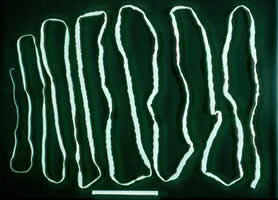
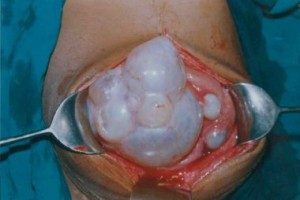
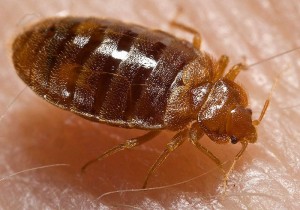
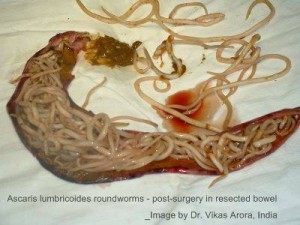
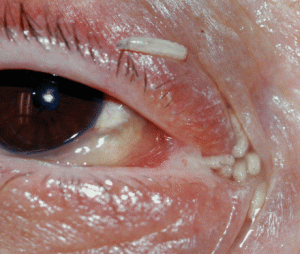
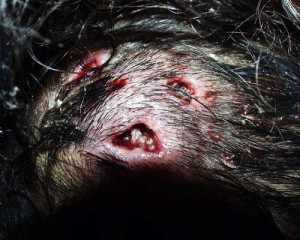
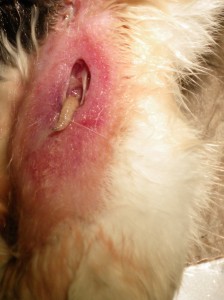
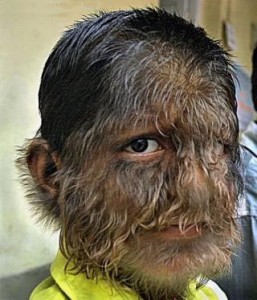
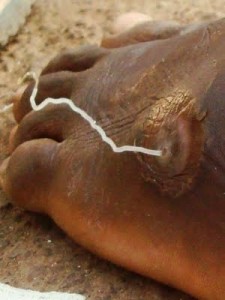

 My name is Andrew and I am a first year resident training to be an ophthalmologist. I created ShortWhiteCoats to provide medical students, residents, and the public with all the information I spent so many hours looking for during medical school.
My name is Andrew and I am a first year resident training to be an ophthalmologist. I created ShortWhiteCoats to provide medical students, residents, and the public with all the information I spent so many hours looking for during medical school.








